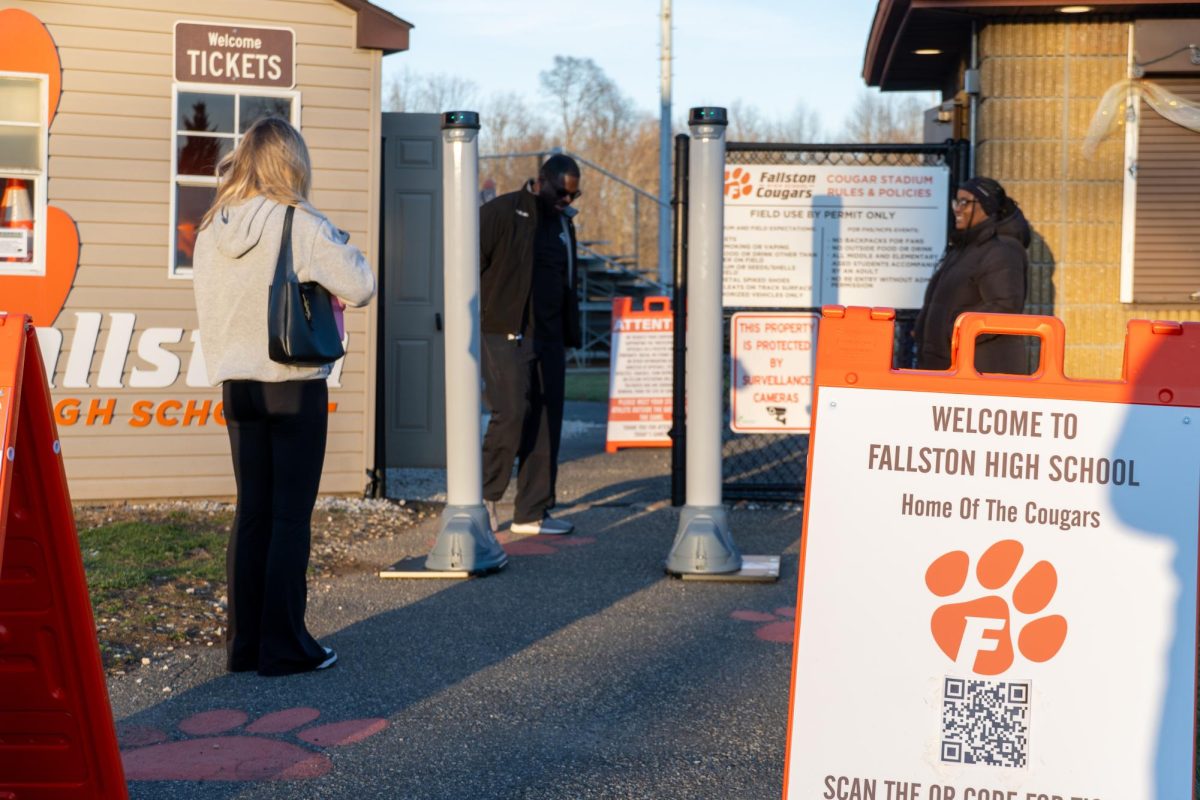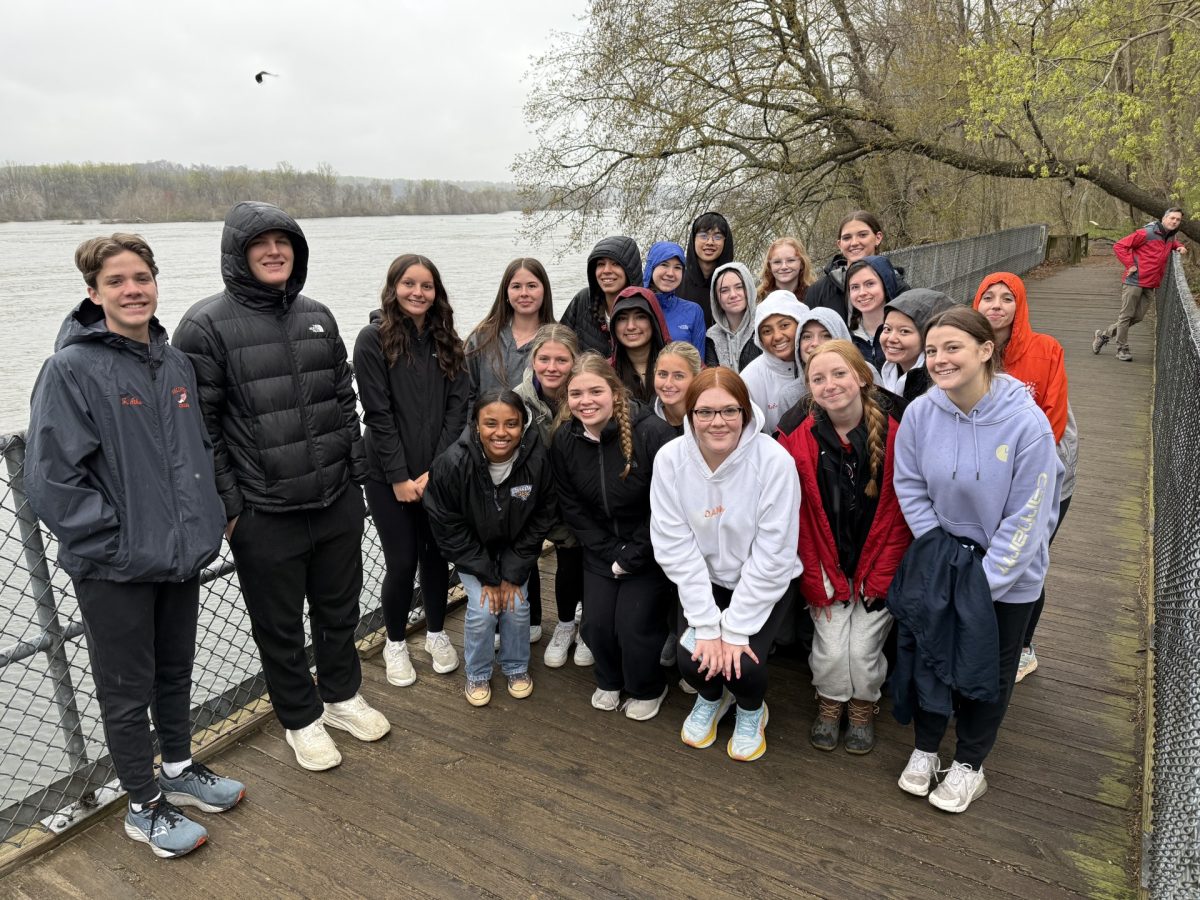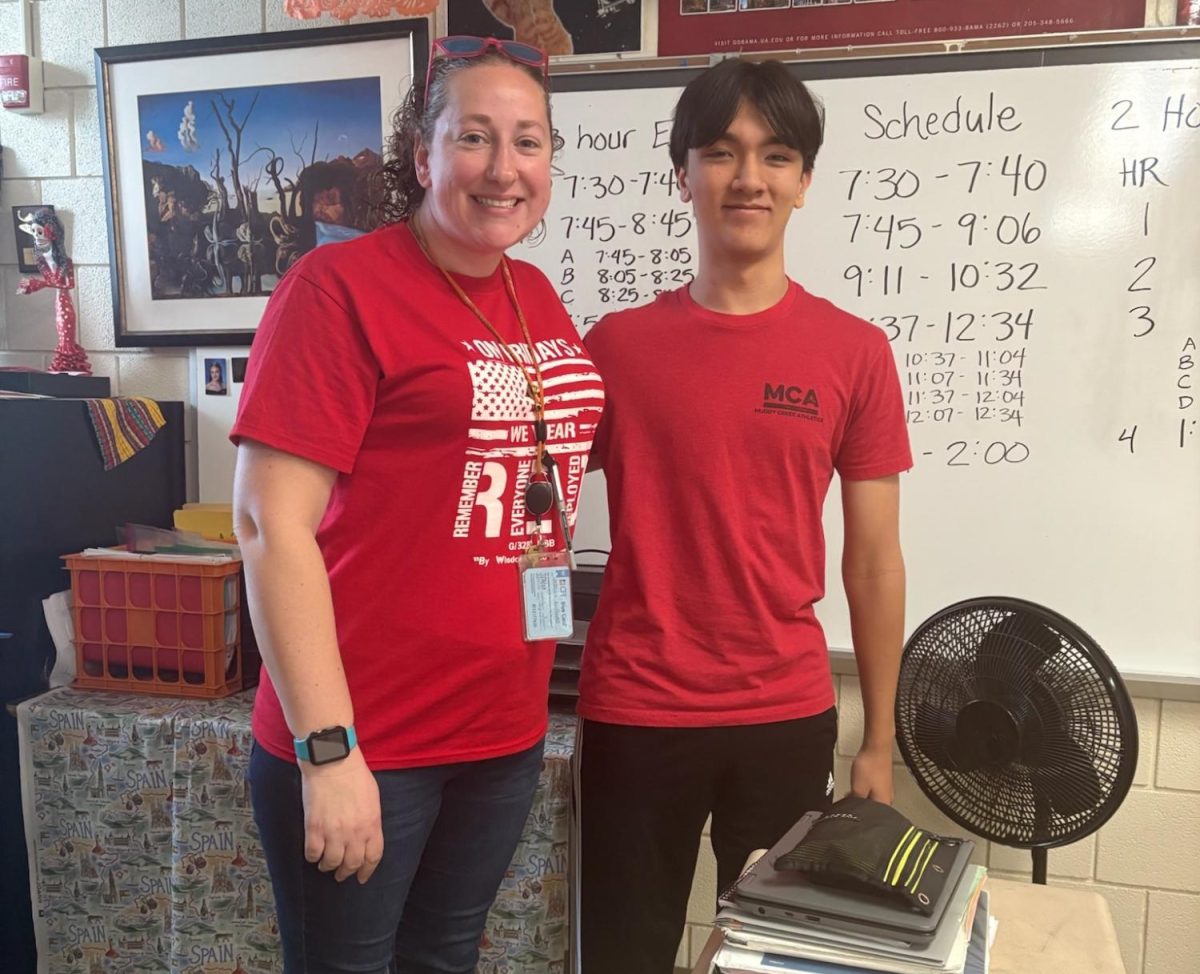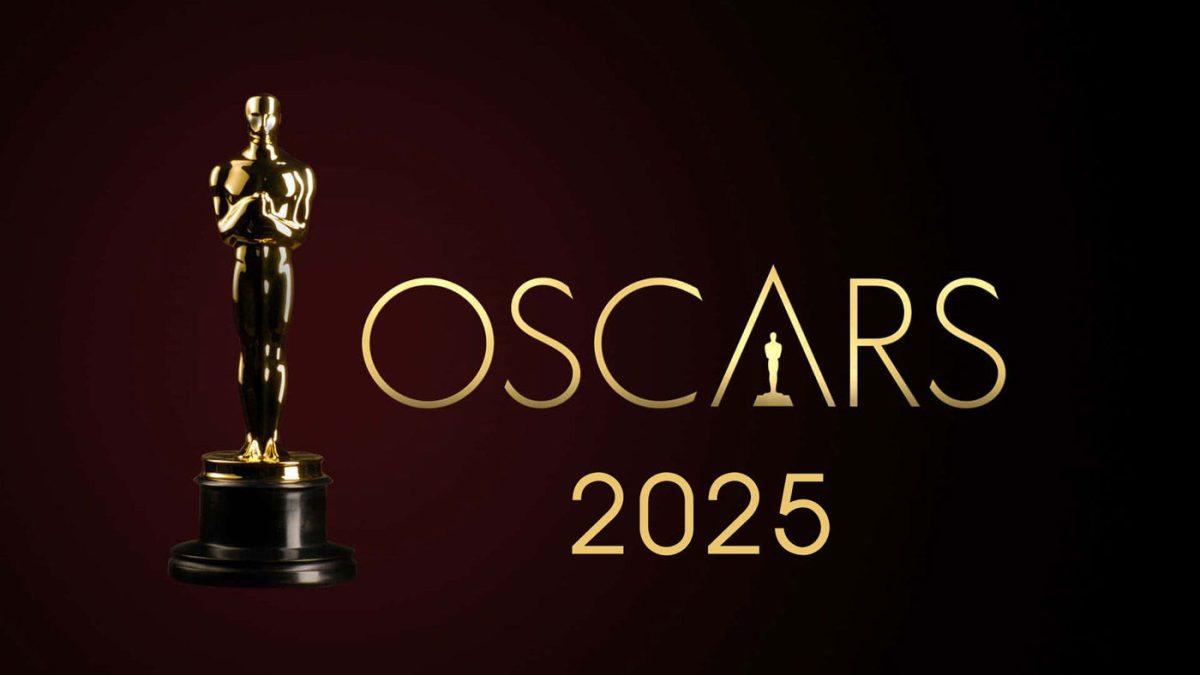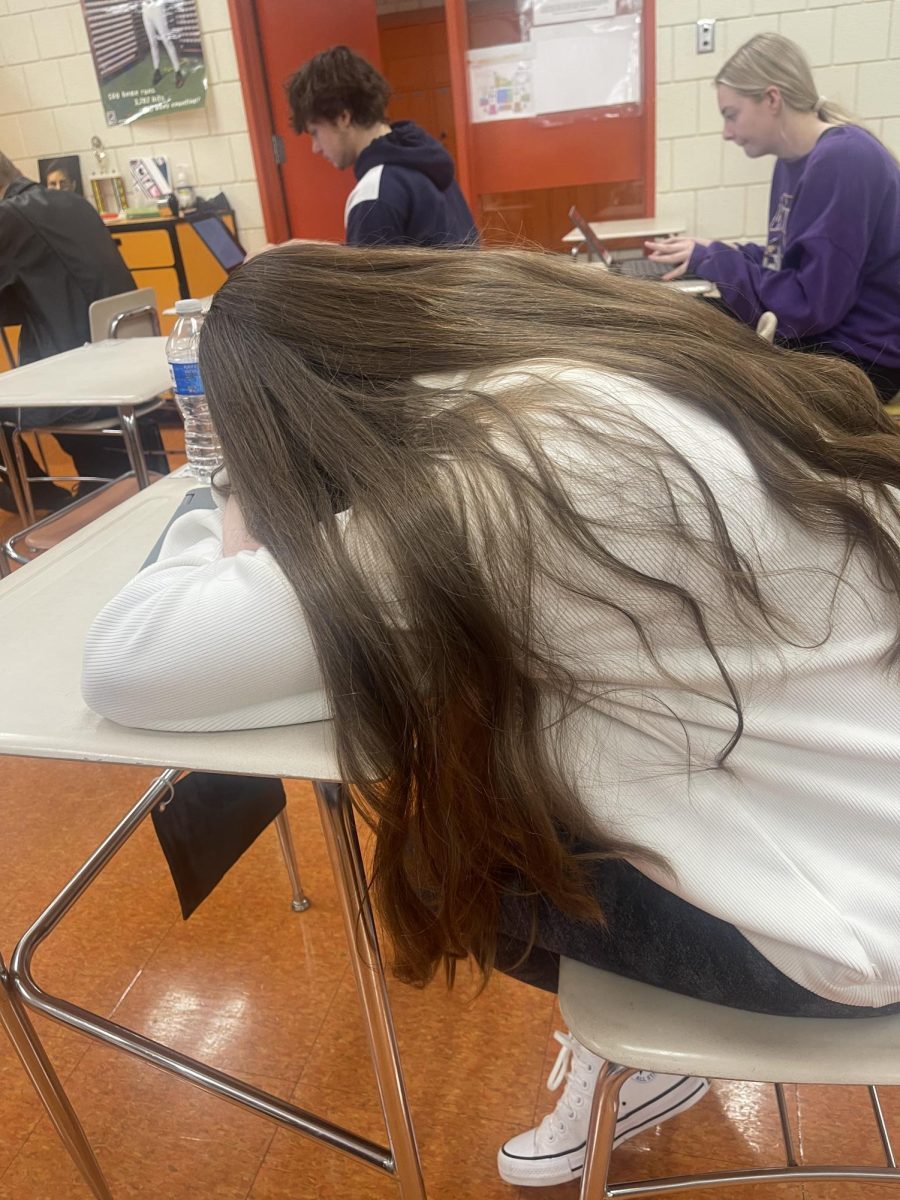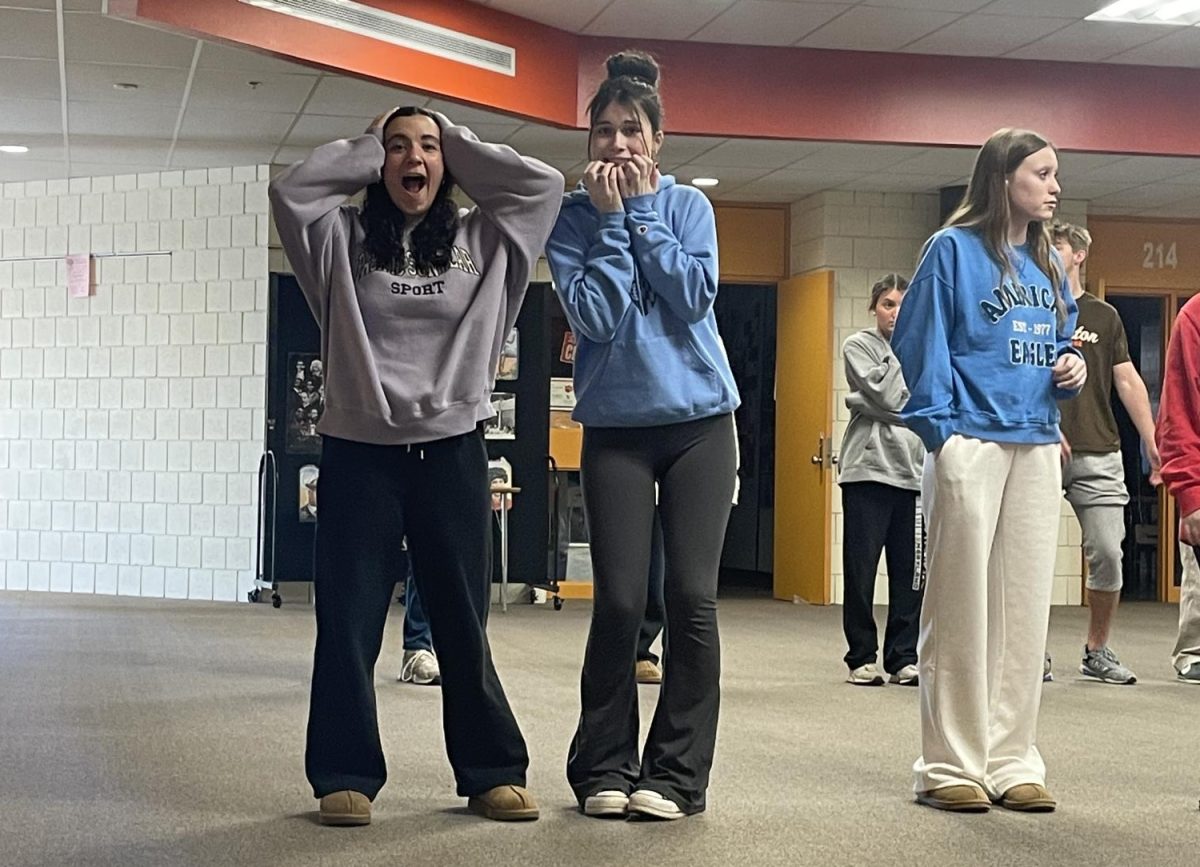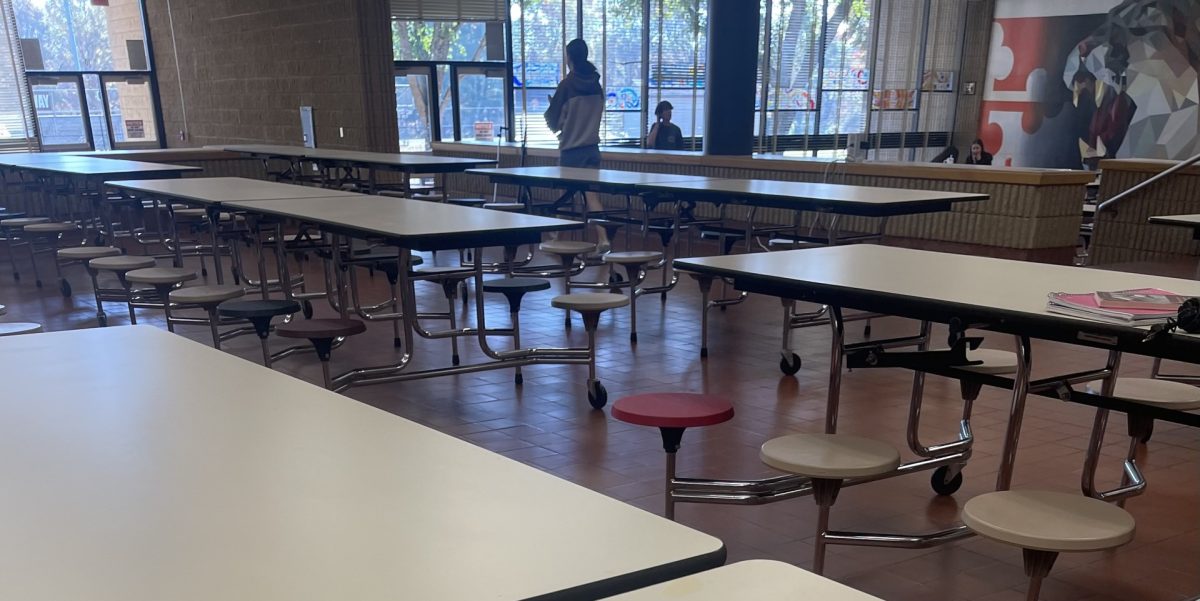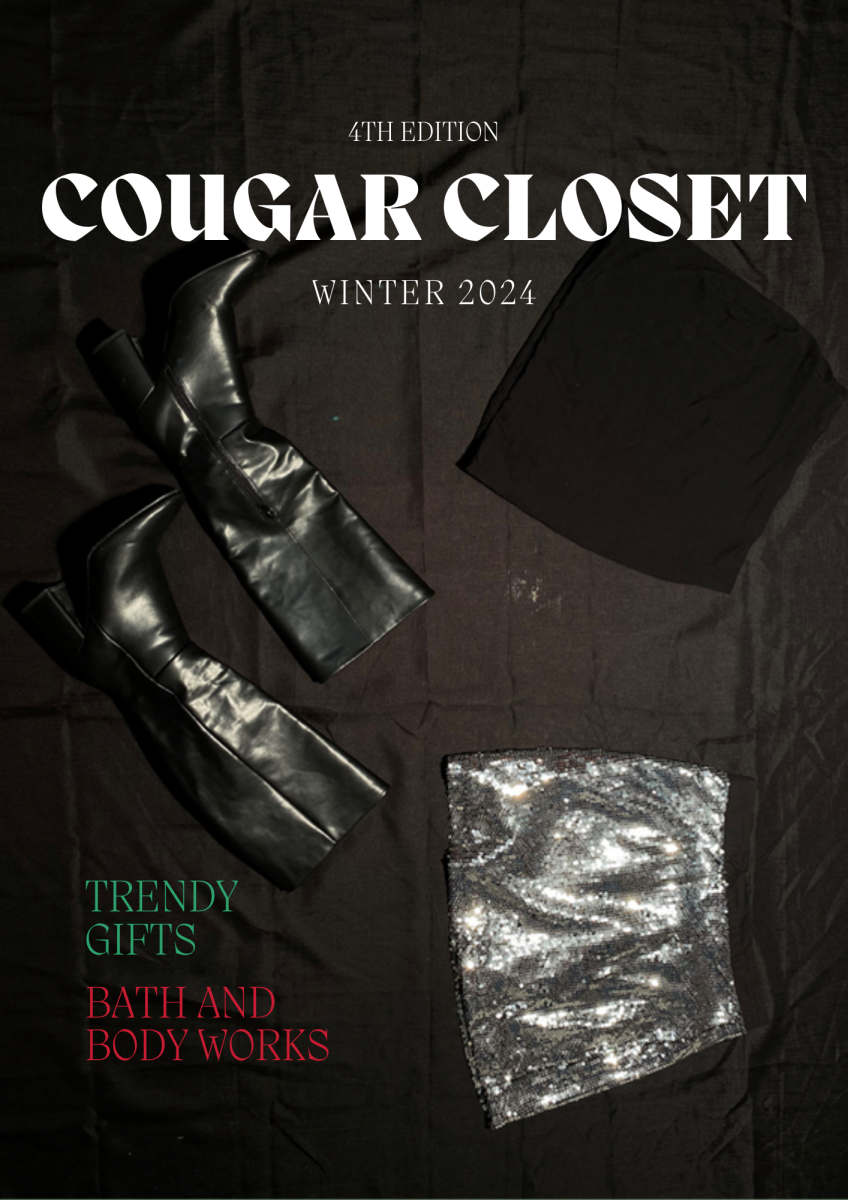The dangers of the STEM spotlight
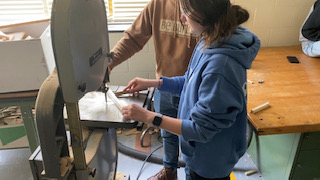
Using a bansaw for the first time was a life changing experience.
April 21, 2023
Should STEM courses still be the focus in American Education? Is the extra emphasis on STEM still necessary or is it now depleting America of its teachers, artists, and philosophers?
In the ‘80s and ‘90s, the U.S fell behind many other industrialized countries in Science, Technology, Engineering, and Math disciplines and consequently worked to improve its global standing by adding STEM-based courses to the national curriculum.
When the United States began focusing on STEM, it simultaneously shifted the focus away from humanities. Although this seemed like a necessary step at the time, it has proven to have negatively impacted the pool of candidates for other vital fields. So, while the original goal of improving science and math skills of students across the nation has been met and even surpassed, the time has come to re-evaluate because this distinct focus has come at the cost of regression in other fields.
Was this because the U.S. went about it wrong? Has the United States just focused on science and math for far too long? Or is the imbalance of STEM and humanities caused by the unequal focus on one versus the other? To me, the answer is clear. The STEM emphasis cannot be effective for America without balanced support from humanities.
Putting one field at the forefront automatically changes the societal value of that field, and thus the underlying issue is actually that society no longer values humanities or liberal arts careers to the same extent as they do STEM careers. This has resulted in fewer people who are willing to pursue jobs in Health, Education, Administration, and Literacy fields, which have since been clustered to form HEAL.

So, at the turn of the century, when the push for STEM education began to pick up speed with the likes of Obama’s Educate to Innovate initiative, American students began to move from “the middle to the top of the pack in science and math achievement” which continued to progress over the next fifteen years because “from 2000-2010, STEM jobs grew three times the rate of other occupations,” according to STEMSchool.
That’s the first problem. Other occupations began to rapidly decline, HEAL professions started to be disregarded by the masses, and no one was advocating for liberal arts. While America was becoming more competitive in STEM fields, it also saw the opposite happening across the board in other fields.
Liberal Arts matter just as much as science and math. Steve Jobs, the founder of Apple, once said, “It’s in Apple’s DNA that technology alone is not enough — that it’s technology married with liberal arts, married with the humanities that yields us the result that makes our hearts sing.” Science and math careers cannot be effective without the support that liberal arts and humanities offer. Simply, humanities teach skills that STEM does not. This includes emotional intelligence, critical thinking, and a global perspective. As an MIT student once revealed in an interview with the Boston Globe, “Biology prepared me for medicine…Literature prepared me to be a doctor.”
These liberal arts and humanities classes work in tandem to create the doctors and engineers of tomorrow. Art, history, and literature are classes that prepare students to work with others, to be empathetic, and to consider things from many viewpoints. A doctor can know all the science in the world, but if they don’t know how to understand people, they will not be good doctors. Similarly, engineers cannot create global solutions without first understanding history and having a worldly perspective – things that humanities teach.
In all fields, a well-rounded knowledge is an absolute necessity. The skills on both ends of the spectrum aren’t designated only for the type of career the class is, these skills make all of society better. Yes, STEM and HEAL are vastly different in nature, but that doesn’t change the fact that students need the skills that each teach to become competent in any field.

The two clusters of classes and careers work in tandem; one is a helping hand to the other. Scientific American states, “The need to teach both music theory and string theory is a necessity for the U.S economy to continue as the preeminent leader in technological innovation.”
Focusing only on STEM will eventually result in STEM jobs being the majority of what is available. To some extent, this can already be seen. The best way to create a globally competitive nation is by creating a system of education that strives to provide students with a “toolbox brimming over with tools to support them throughout their careers and lives,” as stated by the Boston Globe.

